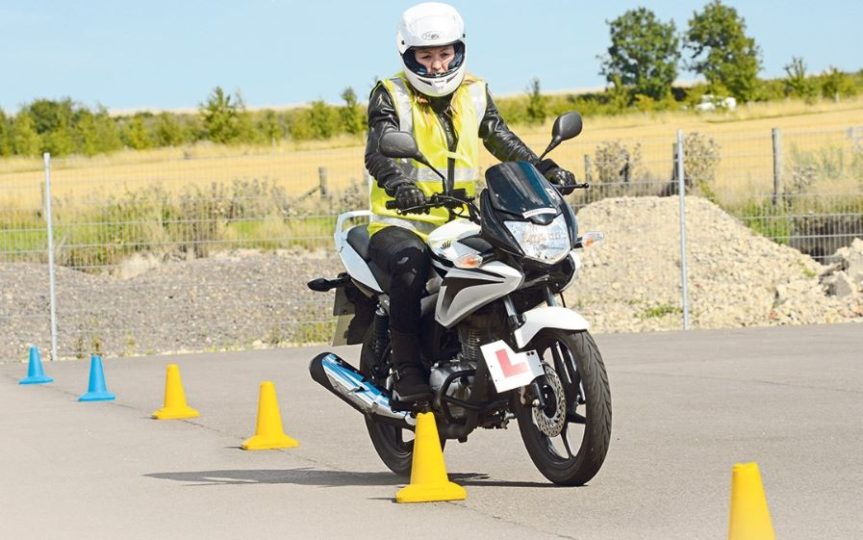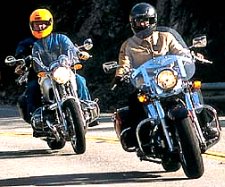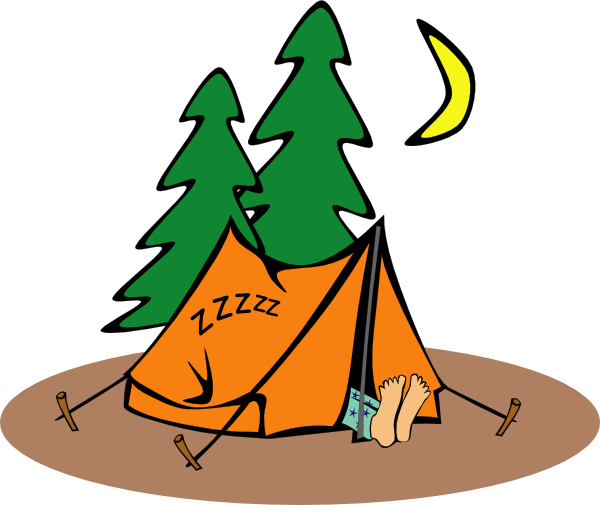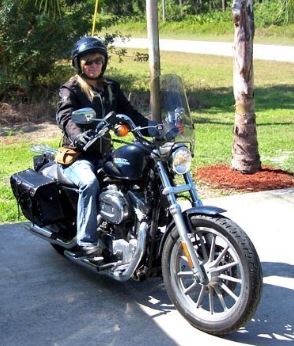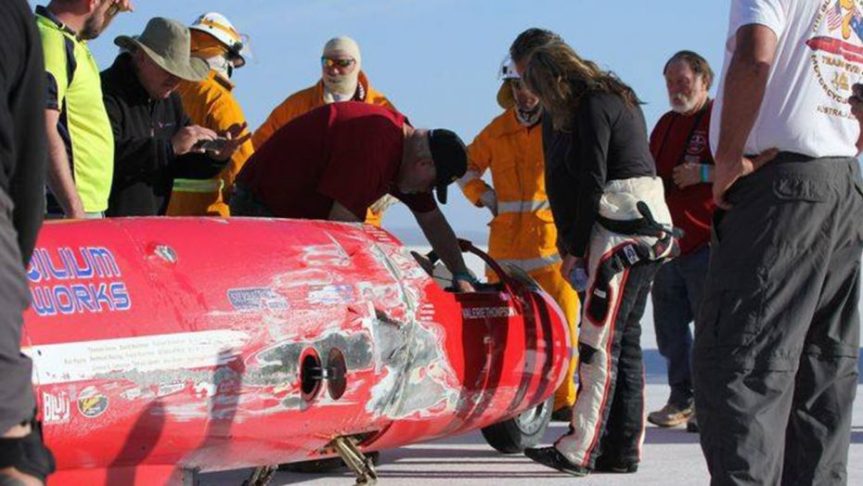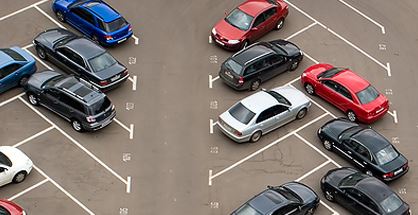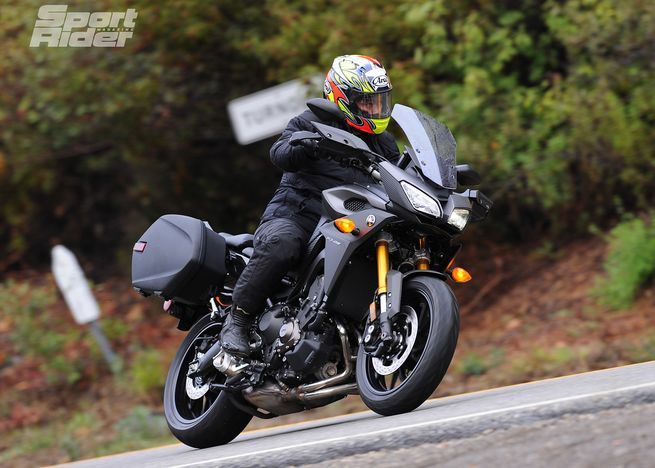I stumbled across this the other day and I think it is worth a read. Some may consider it bad timing, or is it? You be the judge!
You are not asked to sign and send in, but at least spend 2-3 minutes and read it over.
Motorcycle Safety Foundation
Rider Choices
Contract For Safety
 I appreciate that my family and friends may be concerned about my safety now that I have chosen to ride a motorcycle.
I appreciate that my family and friends may be concerned about my safety now that I have chosen to ride a motorcycle.
I also understand that my choices can affect those who care about me, especially if I am injured in a motorcycle crash.
I agree that motorcycling, like many activities involving vehicles and motion, involves some degree of risk, and I hereby commit to riding safely and minimizing my risk. By initialing each of the following statements, I agree to:
___ Be Aware of the Risks Associated with Motorcycling – I understand that safe motorcycling requires dedicated attention to the immediate task and a keen awareness of everything going on 360 degrees around me. I also understand that motorcycles lack the crash protection of cars, and since motorcycles are smaller and narrower than cars, car drivers may not see me and may cut me off or squeeze into my lane without warning.
___ Get Trained and Licensed – I will take at least one MSF RiderCourse® to learn the proper mental strategies and riding skills in a controlled environment, under the guidance of professional MSF-certified RiderCoaches, before riding on the street. I will get a motorcycle license or endorsement and obtain proper insurance for my motorcycle, to demonstrate that I am a responsible individual.
 ___ Wear Protective Gear – I will always choose to wear proper protective riding gear when I ride; most importantly a DOT-compliant helmet, plus eye protection, gloves, over-the-ankle boots, jacket and pants, regardless of my destination or the duration of my ride.
___ Wear Protective Gear – I will always choose to wear proper protective riding gear when I ride; most importantly a DOT-compliant helmet, plus eye protection, gloves, over-the-ankle boots, jacket and pants, regardless of my destination or the duration of my ride.
___ Select an Appropriate Motorcycle – I will only ride a motorcycle that fits my physical characteristics and is otherwise right for me. I will become familiar with its controls, power delivery, braking, and handling characteristics by studying the owner’s manual and practicing on lightly traveled streets before venturing onto busy streets or highways.
___ Use a Safe-Riding Strategy – I will maintain awareness of the traffic environment and my position within it by using safe-riding strategies such as SEE – Search, Evaluate, Execute – and a 2-second minimum following distance. I will communicate with other motorists by always using my turn signals and a head-check when turning or changing lanes, and will make a mental note of possible escape routes in case my path is blocked.
___ Ride Within My Limits – I will not ride faster or longer than my abilities allow, nor will I ride aggressively or make risky maneuvers. Riding too fast in corners is a primary cause of single-vehicle crashes. I will honestly assess my own physical capabilities and mental attitude before each ride since both aspects are required to safely navigate my motorcycle on the street.
 ___ Ride Unimpaired – I will never use alcohol or drugs when riding. I understand that motorcycling is a serious activity that requires intense focus, keen perception, split-second decision-making, physical coordination, and a fine sense of balance, and that alcohol and drugs weaken those abilities. In fact, almost half of all motorcyclists killed in crashes were using alcohol.
___ Ride Unimpaired – I will never use alcohol or drugs when riding. I understand that motorcycling is a serious activity that requires intense focus, keen perception, split-second decision-making, physical coordination, and a fine sense of balance, and that alcohol and drugs weaken those abilities. In fact, almost half of all motorcyclists killed in crashes were using alcohol.
__ Keep my Motorcycle in Excellent Operating Condition – I will follow the recommended maintenance schedule as outlined in the owner’s manual, will ensure repairs are made promptly, and will pay particular attention to the tires, since inflation pressure and overall condition affect the critical grip between my motorcycle and the road surface.
___ Be a Lifelong Learner – I will return periodically for a variety of refresher rider training courses to brush up on my skills and knowledge, because the positive effects gained from a training course do not last forever.
 To summarize, I acknowledge that if I ride untrained, recklessly, or without the protection of motorcycle-specific safety apparel, I am at increased risk of a life-altering injury or death. This would not only affect me but could affect my family and friends. Therefore, I am committed to being a safe and responsible motorcyclist.
To summarize, I acknowledge that if I ride untrained, recklessly, or without the protection of motorcycle-specific safety apparel, I am at increased risk of a life-altering injury or death. This would not only affect me but could affect my family and friends. Therefore, I am committed to being a safe and responsible motorcyclist.



